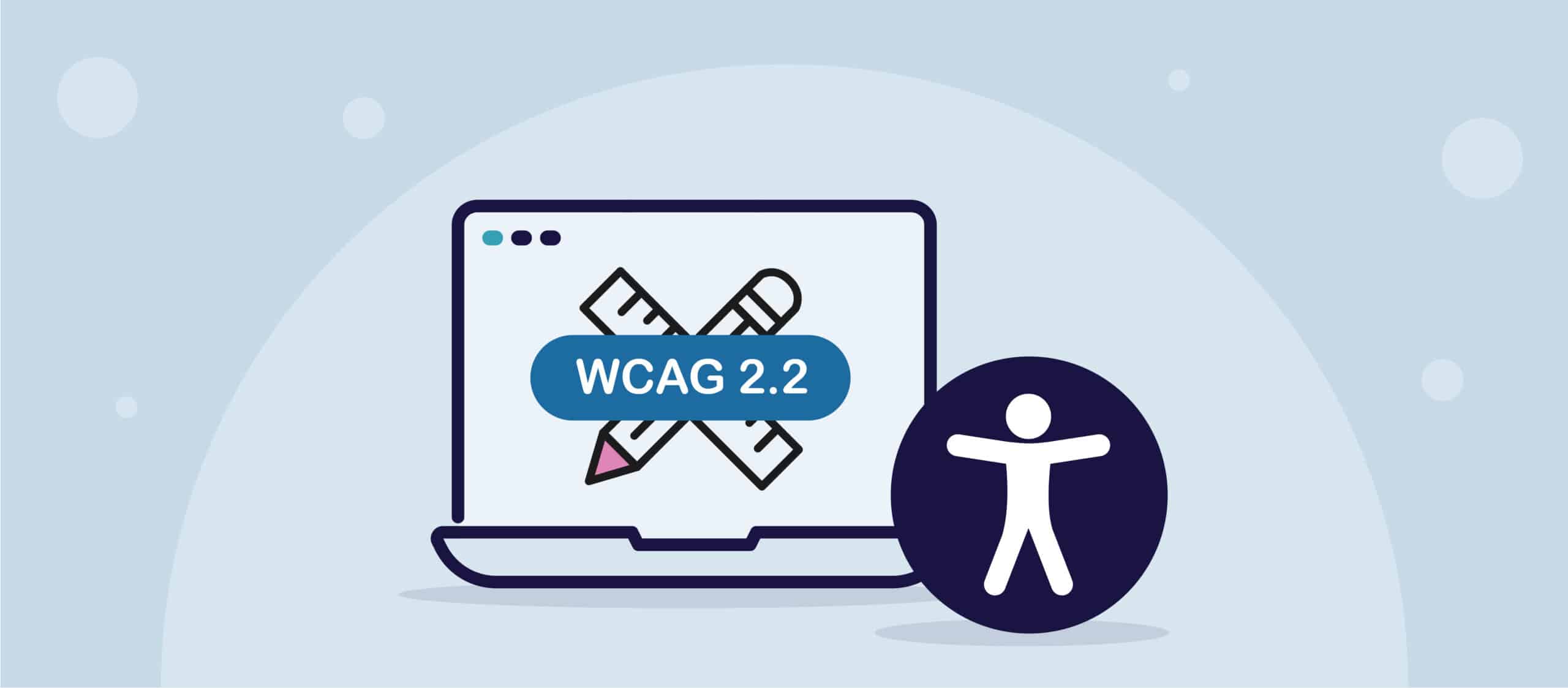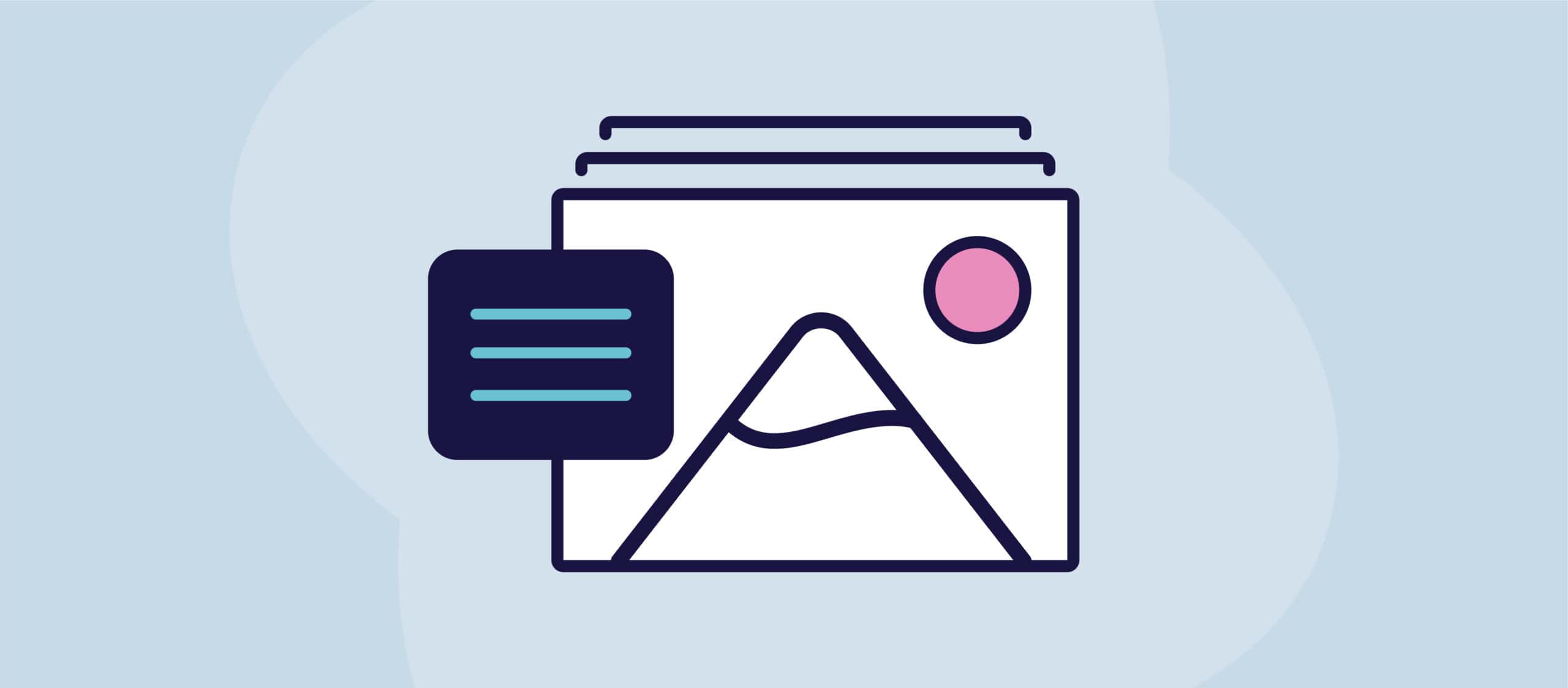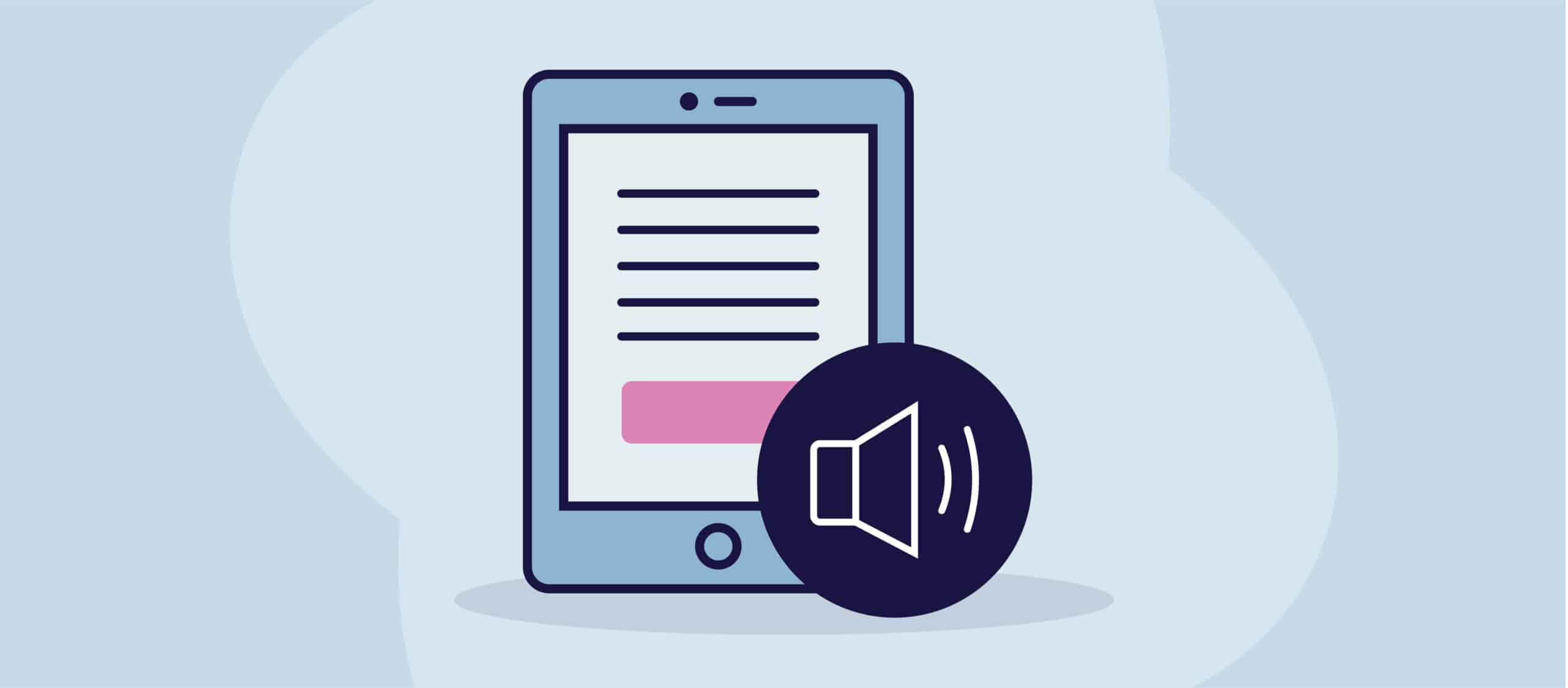Europe has made significant strides in ensuring digital accessibility across its member states, underpinned by a variety of legal frameworks and standards.
European Accessibility Act (EAA)
Adopted in 2019, the European Accessibility Act (EAA) is a transformative directive aimed at standardising accessibility across the European Union to improve the internal market. It addresses the challenges posed by the varied accessibility regulations across EU countries by setting common requirements for crucial products and services. These encompass e-commerce platforms, Automated Teller Machines (ATMs), banking services, personal computing devices, operating systems, and e-books, thereby extending digital accessibility mandates beyond public sector entities to include the private sector as well.
The EAA is a complement to existing EU web accessibility legal frameworks, broadening the scope of who must adhere to digital accessibility standards. This initiative is pivotal in promoting equal access for individuals with disabilities, ensuring they can fully participate in the digital and economic spheres. The EAA represents a significant step toward an inclusive European digital market, where accessibility barriers are dismantled, fostering a more unified and accessible environment for all citizens.
Web Accessibility Directive
The Web Accessibility Directive represents a significant stride towards inclusivity within the European Union’s digital landscape. Enacted to ensure universal access to digital platforms, this directive specifically targets public sector bodies’ websites and mobile applications, requiring them to adhere to the Web Content Accessibility Guidelines (WCAG) 2.1 Level AA. This set of guidelines addresses a comprehensive array of accessibility issues, thereby facilitating access for individuals with diverse disabilities, including visual, auditory, physical, and cognitive impairments.
The directive’s implementation underscores the EU’s commitment to removing digital barriers and fostering an environment where all users, irrespective of their abilities, can access and benefit from online information and services. By standardising accessibility requirements across public sector digital platforms, the Web Accessibility Directive plays a crucial role in promoting digital equality and ensuring that the rights of individuals with disabilities are respected and upheld across the European Union.

EN 301 549 V3.2.1 (2021-03)
EN 301 549 V3.2.1, published in March 2021, is a pivotal European standard that outlines accessibility requirements for information and communications technology (ICT) to ensure inclusivity for people with disabilities. Covering a broad spectrum of digital technologies, including software, websites, mobile apps, and other digital interfaces, this standard ensures that ICT products and services are accessible to a diverse range of users, including those with visual, auditory, motor, and cognitive disabilities.
Harmonised with the Web Accessibility Directive and the European Accessibility Act (EAA), EN 301 549 V3.2.1 serves as a crucial technical standard for compliance, offering a uniform benchmark for accessibility across the European Union. This alignment with broader legislative frameworks facilitates a cohesive approach to digital inclusivity, guiding developers and content creators towards creating ICT solutions that are universally accessible. By doing so, EN 301 549 V3.2.1 significantly contributes to the advancement of an accessible and inclusive digital environment in Europe.
Harmonisation Across Member States
The European Union’s approach to digital accessibility centers on the harmonisation of standards across its member states, aiming to create a unified market for accessible products and services. This initiative ensures that accessibility regulations are consistently applied throughout the EU, offering a standardised experience for individuals with disabilities. The harmonisation process eliminates disparities and fragmentation in digital accessibility, facilitating a more inclusive digital environment across all member states.
It benefits not only users with disabilities by providing them with equal access to digital content and services but also aids manufacturers and service providers by establishing clear, uniform accessibility requirements. This strategy enhances the competitiveness of the European market, making it more accessible and inclusive. By promoting a cohesive approach to digital accessibility, the EU underscores its commitment to ensuring that technological advancements are equitable and benefit all citizens, reinforcing the importance of inclusivity in the digital age.
Monitoring and Reporting
The Web Accessibility Directive mandates a robust framework for monitoring and reporting on digital accessibility within the European Union, emphasising transparency and accountability among member states. This framework requires member states to conduct regular evaluations of public sector websites and mobile applications to ensure compliance with digital accessibility standards. These assessments are designed to identify any shortcomings in accessibility, facilitating timely improvements and adherence to the required standards.
Additionally, the directive stipulates that findings from these evaluations must be publicly reported, enhancing awareness and encouraging a culture of continuous improvement in digital accessibility. This structured approach not only holds public entities accountable but also fosters an environment where best practices in digital inclusivity are shared and implemented. Through this proactive monitoring and reporting mechanism, the Web Accessibility Directive aims to elevate the level of digital accessibility across the EU, ensuring that digital platforms are universally accessible and inclusive.



